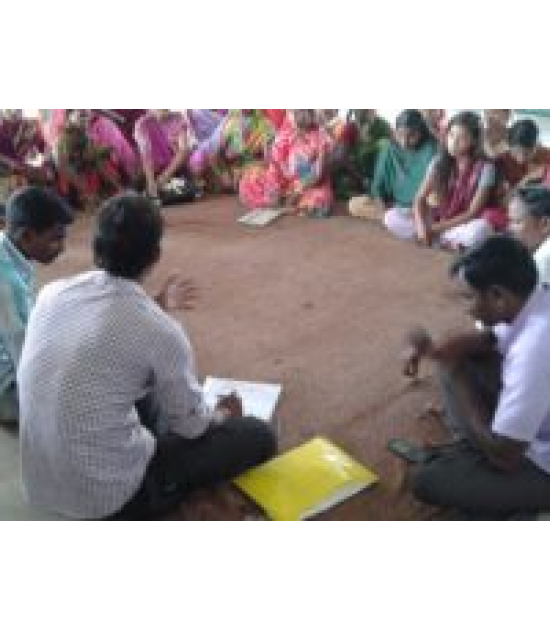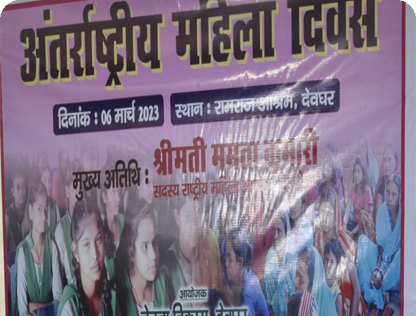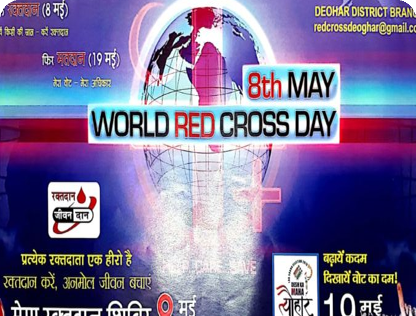Participatory Action Research (PAR)
The project aims to support the strengthening of child protection systems through the interagency use and testing of bottom-up approaches that complement dominant top-down approaches being used to implement the Integrated Child Protection Scheme in India. It is divided into two different phases of which- the Phase 1 (28 months duration) is to establish the foundation of deep learning, community driven planning, and inter-agency coordination for the subsequent (Phase 2) community-driven action.
This project is being implemented in 3 implementation villages of Topchanchi Block , Dhanbad in collaboration of Columbia Group for Children, Plan India, PRAXIS and CINI with funding from OAK Foundation. Implementation village are:-
• Pawapur
• Tatari
• Narkopi
OBJECTIVES OF PROJECT
• Learn deeply about the participating communities, providing both a baseline and a guide for the subsequent community-driven planning and intervention
• Enable inclusive, community-driven planning for subsequent community action to address a significant harm to children in a way that links with and supports the VLCPCs
• Enable inter-agency collaboration and learning to strengthen practice and policy in regard to community-based child protection mechanisms
ACHIEVEMENTS
• Development of a more inclusive process for community decision making. In many communities, decisions are taken at community meetings that are dominated by a small group of elites, mostly men. Girls and boys typically do not speak or have little influence on the decisions. Sensitive issues related to gender are seldom discussed candidly since the perpetrators or their family members may be present and because of concerns about being stigmatized and isolated. In addition, marginalized people such as the poorest of the poor typically did not participate in the meetings or have a voice. To address this problem, communities elected to use a multi-pronged, cyclical approach to deciding which harm to children to address.
• Inter village task force (IVTF) of Dhanbad cluster selected child marriage as a main harm to the children. IVTF has also develop an action plan to address their respective, self selected harms to children in a way that is low cost, sustainable, and connected with and supportive of the VLCPCS and also the panchayat level structures.
Brief on Project Funding Institution:
Inter-agency Action Research project is supported by OAK Foundation. Main office of OAK Foundation’s is in Geneva. Oak Foundation commits its resources to address issues of global, social and environmental concern, particularly those that have a major impact on the lives of the disadvantaged. Five of Oak’s programs also fund initiatives in India, and, in 2012, Oak Foundation joined this work under the banner of the Joint India Program. Since its establishment, Oak Foundation has made more than 3,600 grants to not-for-profit organizations across the globe. Oak Foundation has its main administrative office in Geneva, Switzerland and a presence in seven other countries: Bulgaria, Denmark, India, Tanzania, the United Kingdom, the United States and Zimbabwe.
In the Joint India Program, OAK Foundation have five Programs that work together to address a combination of issues that affect populations with less access to resources in Jharkhand and West Bengal located in east India. Ultimately, OAK Foundation aim to: improve the lives of the most marginalized groups; institutionalize practices that address poverty and social injustice; and build strong organizations at the grassroots.





